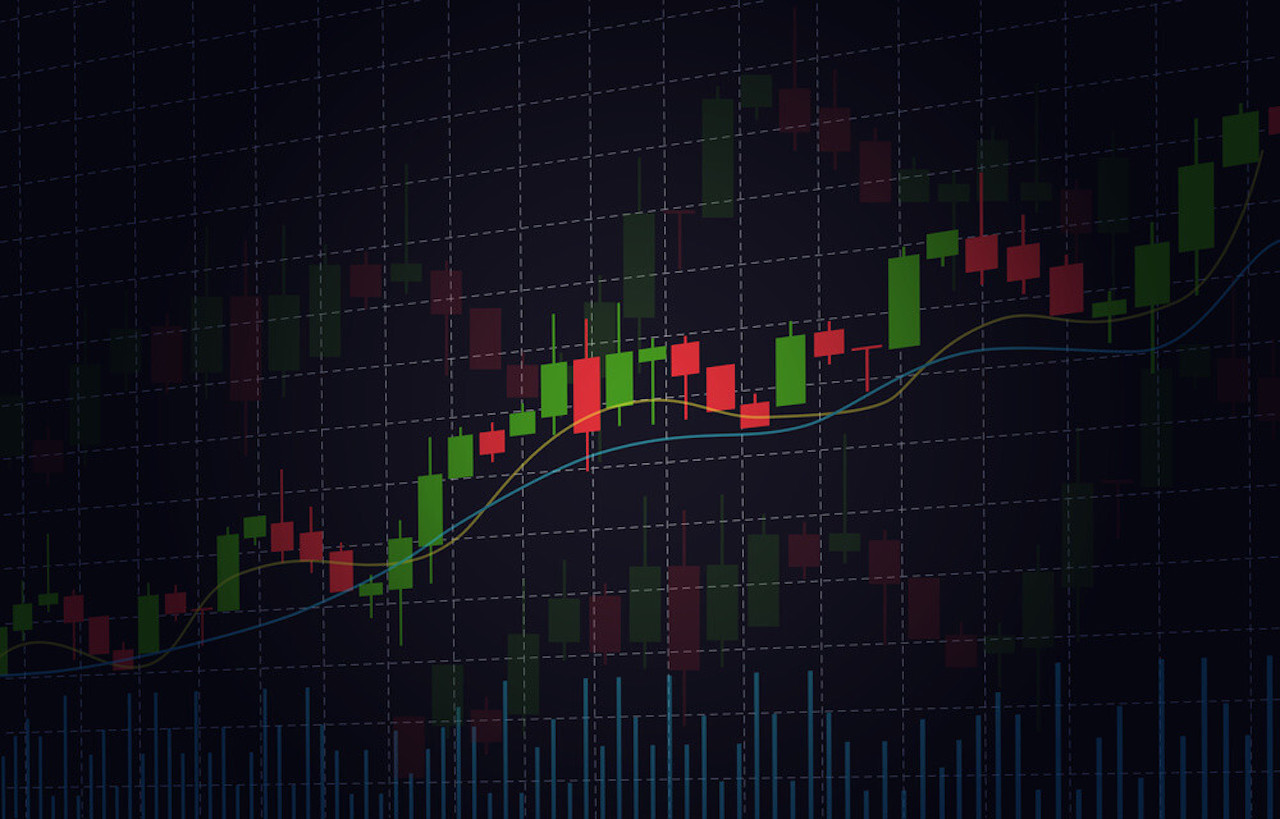In the ever-evolving landscape of finance and trading, a new strategy has emerged that captivates both novice investors and seasoned pros alike: Dominance trading, or dom trading for short. This dynamic approach has gained traction for its blend of psychological insight and technical analysis, making it a fascinating subject for exploration.
But what exactly is dom trading? How does it work, and what makes it stand out in a sea of trading methodologies? This complete beginner guide aims to unravel the intricacies of dom trading, offering insights and practical tips to help you navigate this captivating arena. Whether yyou’relooking to diversify your investment portfolio or simply curious about the mechanics behind market movements, understanding dom trading could be your gateway to unlocking new trading opportunities.
Let’s dive in!
Key Components of DOM Trading

In the realm of dom trading, understanding the key components is essential for navigating the intricacies of the market. At its core is the Depth of Market (DOM) itself, a dynamic tool that displays real-time data on buy and sell orders at varying price levels, allowing traders to gauge market sentiment and volatility.
This visual representation provides insight into order flow, revealing where significant liquidity lies and enabling traders to make informed decisions. Additionally, components such as support and resistance levels play pivotal roles, often indicating potential price barriers that can influence trading strategies.
Coupled with various order types—limit orders, market orders, and stop orders—traders can customize their approach, balancing risk and reward in an ever-changing environment. Ultimately, mastering these elements not only enhances a trader’s ability to seize opportunities but also sharpens their overall market awareness.
How DOM Trading Works

DOM trading, or depth of market trading, revolves around a detailed look at the current buy and sell orders in a given market, providing traders with crucial insights into supply and demand dynamics. At its core, it presents a real-time snapshot, offering traders a sense of market sentiment and potential price movements.
As traders analyze this depth chart, they can identify where significant orders cluster, allowing them to anticipate price shifts more effectively. For instance, a large buy order at a certain price point may indicate strong support, while a massive sell order could signal resistance.
By using this information strategically, traders can decide when to enter or exit positions, optimize their trades, and thus enhance their overall trading strategy. However, navigating this complex landscape requires an understanding of the subtleties inherent in market behavior, making it both an art and a science.
Conclusion

In conclusion, DOM trading offers an innovative approach for traders seeking to navigate the complexities of the financial markets. By utilizing the Depth of Market feature, traders can make more informed decisions based on real-time data regarding supply and demand.
This technique not only enhances market analysis but also equips traders with the tools needed to execute timely and strategic trades. As you embark on your trading journey, understanding the principles of DOM trading can significantly improve your chances of success in this dynamic environment.
With continuous practice and a solid grasp of the underlying concepts,you’lll be well on your way to mastering this powerful trading method.


